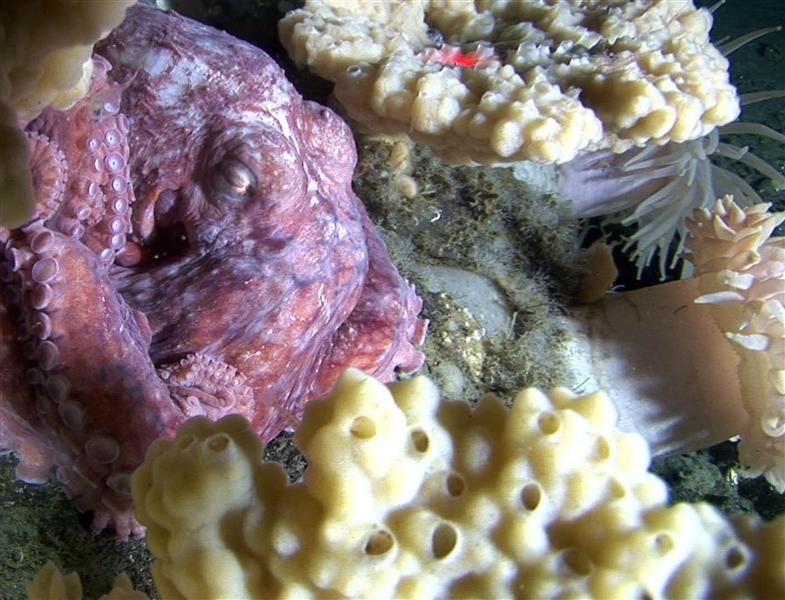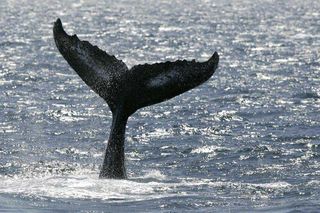
Deep-Sea Expedition Reveals Stunning Sea Life, Damage

Footage from an expedition to some of the deepest seafloor canyons on Earth has revealed that life thrives in the darkness, as well as the toll that industrial-scale fishing is likely taking there.
A Greenpeace-sponsored expedition sent a manned submersible and remotely operated deep-diving robots to areas of the Zhemchug and Pribilof canyons, in the middle of the Bering Sea, after concerns over large-scale trawling and fisheries action in the region prompted calls for greater U.S. government protections for local marine life.
The vast canyons were likely carved by river sediment when sea levels were lower during the last ice age, and were utterly unexplored. Zhemchug Canyon is 99 miles (160 kilometers) long and, by volume, 2,040 cubic miles (1,800 cubic km) — about twice the volume of the Grand Canyon. Pribilof Canyon is far smaller, but still enormous at 93 miles (150 km) long and 300 cubic miles (1,300 cubic km) in volume.
The expedition was focused largely on learning about deep-sea coral abundance and diversity in the canyons, according to Robert J. Miller, a research biologist at the University of California Santa Barbara's Marine Science Institute, and lead author on a paper published in March in the online open-access journal PLoS One.
"We found pretty significant densities of corals, higher than most places in the world, and found that fish were closely correlated with the corals," Miller told OurAmazingPlanet. [Expedition images of the amazing creatures]

Fish houses
Miller said that other studies have shown similar things — that fish depend on coral. "But there is still some debate in the fisheries management community if coral is really a fish habitat and worthy of conservation," he said, "so more evidence is helpful to establish that."
Sign up for the Live Science daily newsletter now
Get the world’s most fascinating discoveries delivered straight to your inbox.
The surveys, conducted by collecting many hours of high-definition video footage of randomly selected portions of the canyons, also saw the effects of bottom-trawling on the region.
Some footage revealed portions of the seafloor that looked almost bulldozed. It represented a very tiny fraction of the area studied, Miller said, adding that the damage is probably a significant source of disturbance for the corals that is affecting them.
Even just a small amount of damage can have long-reaching effects, he said.
Cold-water corals, which eke out a living in dark, deep waters are very slow-growing, so it takes a long time for them to recover — up to 100 years, Miller said.
"So even the relatively low incidence of disturbance to the corals, given that they take tens to hundreds of years to recover, can build up really fast," Miller said. "Even if you're only disturbing a small percentage of the population every year, if you do that for 100 years, then nothing is going to be recovered."
More to see
The surveys also found that boulders and rocks served as valuable habitat for fish in the canyons.
The expedition explored the area in 2007, and researchers have published several other papers on the data gathered. However, Miller said the deep-sea dives only just scratched the surface.
"These surveys really represent a tiny portion of the canyons, so we're kind of excited about what else could be out there," he said.
Reach Andrea Mustain at amustain@techmedianetwork.com. Follow her on Twitter @AndreaMustain. Follow OurAmazingPlanet for the latest in Earth science and exploration news on Twitter @OAPlanet and on Facebook.












